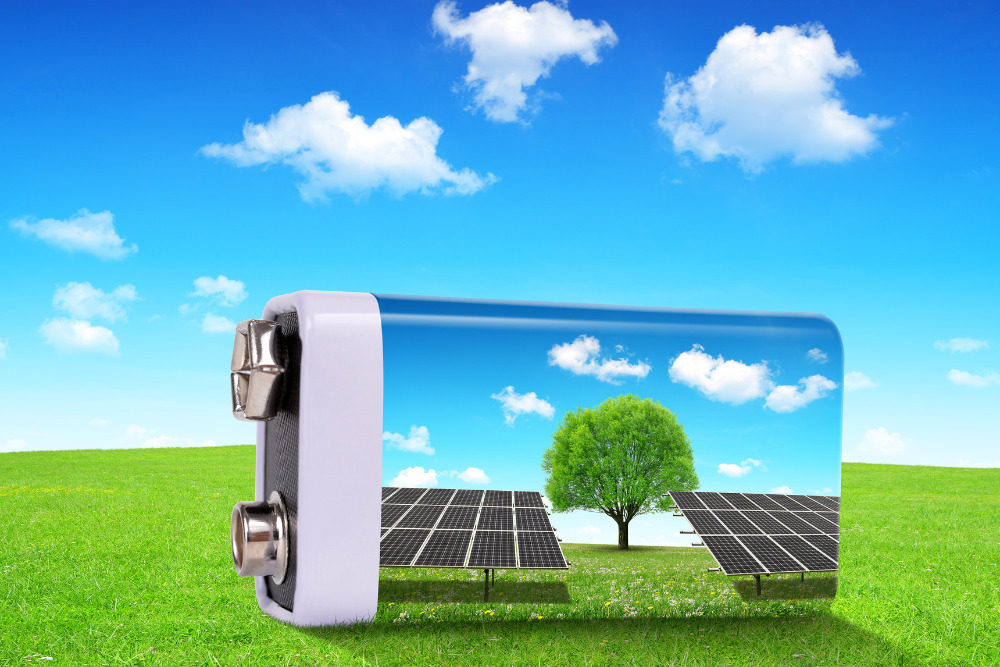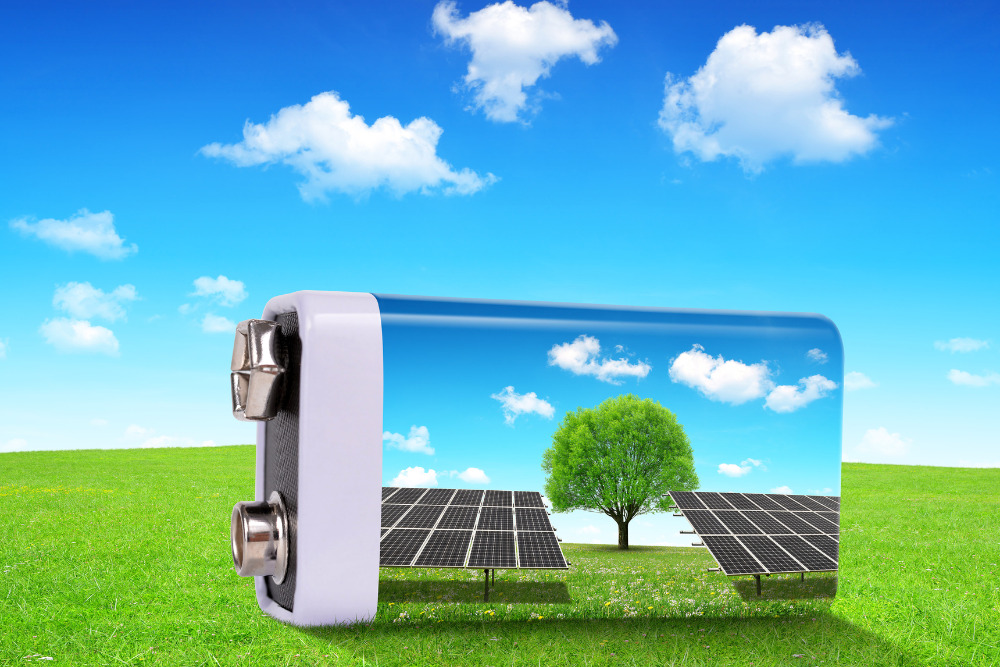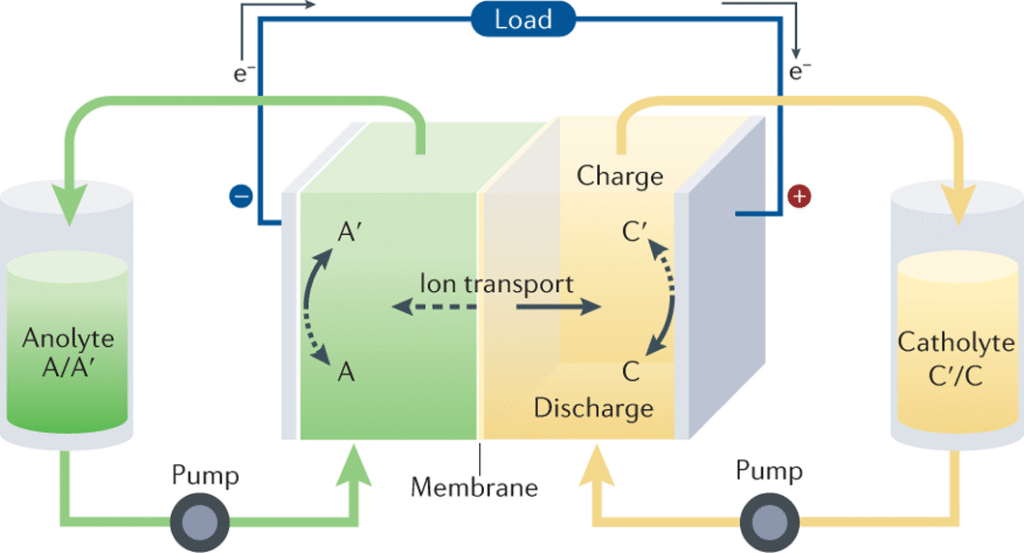Battery for Solar Energy:Guide to Choose and Use Solar Batteries

Discover everything about the battery for solar energy, including types, benefits, and how to choose the right one for your solar system. Learn to optimize solar power storage effectively.
When you think about solar energy, one of the key components that often comes to mind is the battery for solar energy. A battery designed for solar systems stores the energy collected by solar panels so you can use it anytime, day or night. This makes solar power reliable and efficient, even when the sun isn’t shining.
In this article, we will explore what a battery for solar energy is, why it’s important, the types available, and how to pick the right one for your home or business. With simple language and clear explanations, you will understand how solar batteries work and how they can benefit you.
What Is a Battery for Solar Energy?

battery for solar energy
A battery for solar energy is a rechargeable device that stores electrical energy generated by solar panels. When sunlight hits the solar panels, they convert it into electricity. This electricity can be used instantly or stored in the battery to be used later. Having a battery means you don’t have to rely solely on the grid or sunlight availability.
Solar batteries allow you to save your solar power for nighttime, cloudy days, or when electricity prices are high. Without a battery, any unused solar energy goes back to the grid or remains wasted.
Why Is a Battery Important for Solar Energy Systems?
Using a battery for solar energy offers several advantages:
- Energy Independence: You can use your own stored power instead of buying electricity from the utility company.
- Backup Power: In case of a power outage, batteries can keep your essential appliances running.
- Saving Money: By storing solar power, you reduce your reliance on the grid and avoid peak energy costs.
- Maximizing Solar Use: Batteries help capture excess energy generated during the day to be used later.
- Environmentally Friendly: Storing solar energy reduces the carbon footprint by minimizing fossil fuel use.
These benefits make batteries a smart addition to most solar panel systems.
Types of Batteries for Solar Energy
The market offers different types of batteries for solar energy, each with unique features. The main types include:
1. Lead-Acid Batteries

Lead-acid batteries are the traditional choice and come in two varieties: flooded and sealed (AGM and gel).
- Advantages:
- Low upfront cost
- Proven technology
- Easy to find and replace
- Disadvantages:
- Require regular maintenance (flooded type)
- Shorter lifespan (typically 3-5 years)
- Heavier and bulkier compared to newer types
2. Lithium-Ion Batteries

Lithium-ion batteries, including lithium iron phosphate (LiFePO4), are becoming the most popular option.
- Advantages:
- High energy density (stores more power in less space)
- Longer lifespan (10 years or more)
- Minimal maintenance needed
- Faster charging and discharging
- Better performance in extreme temperatures
- Disadvantages:
- Higher upfront cost
- Require compatible solar charge controllers
3. Flow Batteries (Less Common)

Flow batteries use liquid electrolytes and are used mostly in large or specialized installations.
- Advantages:
- Scalable capacity
- Disadvantages:
- Long cycle life
- Complex and expensive setup
- Not common for residential use
| Feature | Lead-Acid Batteries | Lithium-Ion Batteries | Flow Batteries |
| Major Advantages | – Low upfront cost | – High energy density (stores more power in less space) | – Extremely long cycle life |
| – Proven, mature technology | – Long lifespan (10+ years) | – Scalable capacity | |
| – Fast charge and discharge | – Stable and safe chemistry | ||
| – Low maintenance | |||
| Typical Usage | – Budget-conscious setups | – Most residential solar systems | – Large commercial or specialized renewable projects |
| – Backup power in remote/off-grid locations | – Daily full-time solar use | – Utility-scale energy storage | |
| – Seasonal or occasional use | – Backup power and peak-shaving | ||
| Lifespan | – 3 to 5 years (approx. 500-1000 cycles) | – 10 to 15 years (3000-6000 cycles) | – 15+ years (very high cycle life) |
| Maintenance Needs | – Requires regular maintenance (water refilling in flooded type) | – Minimal maintenance | – Requires complex system maintenance |
| – Needs careful charging to avoid damage | |||
| Energy Efficiency | – Moderate (around 70-85%) | – High (above 90%) | – Moderate to high |
| Cost (Upfront) | – Low | – High | – Very high |
| Space and Weight | – Heavy and bulky | – Compact and lightweight | – Large physical footprint |
| Safety | – Risk of acid spills (flooded type) | – Generally safe, but thermal runaway is possible in rare cases | – Very safe chemistry, stable |
| Are They Worthy? | – Worthy if the budget is limited and usage is low intensity | – Worthy for most home solar energy users due to efficiency and lifespan | – Worthy for large-scale projects needing long life and scalability |
How to Choose the Right Battery for Solar Energy
Choosing the right battery depends on several factors:
- Assess Your Energy Consumption: Calculate your average daily electricity usage in kilowatt-hours (kWh) to determine the battery capacity you’ll need for effective energy storage.
- Consider Battery Capacity and Power Rating: Capacity (kWh) shows how much energy the battery can store, while power rating (kW) indicates how much energy it can supply at once. Choose based on how many appliances you’ll power simultaneously.
- Check Depth of Discharge (DoD): Select a battery with a high DoD (usually 80-90% or more) to maximize usable energy without harming battery life.
- Evaluate Battery Lifespan and Cycle Life: Look for batteries with longer cycle life (charge/discharge cycles) and warranty periods to ensure durability and value over time.
- Round-Trip Efficiency Matters: Choose batteries with high efficiency (above 85-90%) to minimize energy loss during charging and discharging.
- Match Compatibility with Your Solar System: Make sure the battery is compatible with your solar panels, inverter, and charge controller for seamless integration.
- Factor in Maintenance Needs: Some battery types require regular maintenance (e.g., lead-acid), while others (like lithium-ion) are low-maintenance, affecting your choice.
- Consider Safety Features: Prioritize batteries with built-in management systems and safety certifications to prevent overheating and other hazards.
- Budget and Cost Effectiveness: Balance upfront costs with long-term savings; lithium-ion batteries have a higher initial price but lower maintenance and longer life.
- Plan for Installation Space and Environmental Conditions: Ensure you have adequate physical space for the battery and consider temperature and environmental factors that may affect performance.
Battery Capacity
Battery capacity is the amount of energy the battery can store, measured in kilowatt-hours (kWh). For example, a 10 kWh battery can deliver 10 kilowatts over one hour or 1 kilowatt over ten hours. Calculate your daily energy usage to find the battery size that fits your needs.
Depth of Discharge (DoD)
The DoD indicates the percentage of battery capacity you can use without damaging it. Lithium batteries typically allow higher DoD (80-90%) compared to lead-acid batteries (50-60%).
Battery Lifespan
Consider how many charge-discharge cycles a battery is rated for before its capacity drops below 80%. Lithium batteries usually last longer.
Cost and Budget
Initial cost, installation fees, and possible maintenance expenses should fit your budget. While lithium batteries cost more initially, they tend to save money in the long run due to durability and efficiency.
Compatibility
Ensure the battery works with your solar panels and charge controller. Lithium batteries often need specific controllers.
Installation and Maintenance Tips
solar battery installation
Proper installation and maintenance enhance battery performance:
- Place batteries in a cool, dry area to prevent overheating or corrosion.
- For lead-acid batteries, regularly check electrolyte levels and clean terminals.
- Avoid deep discharges frequently to extend battery life.
- Use a solar charge controller to prevent overcharging or deep discharging.
- Periodically inspect battery connections and terminals.
Related Terms and Concepts
- Solar Charge Controller: A device that regulates the charge going into the battery to prevent overcharging and overdischarging.
- Inverter: Converts stored DC power from the battery to AC power for home use.
- Battery Bank: Multiple batteries connected to increase capacity or voltage.
- Cycle Life: Number of times a battery can be charged and discharged before its capacity drops below a certain point.
Conclusion
A battery for solar energy is a critical component that allows you to store and use solar power reliably. Choosing the right battery involves understanding types, capacity, cost, lifespan, and compatibility. Lithium-ion batteries are currently the top choice due to their performance and longevity, but lead-acid batteries remain a budget-friendly solution.
By using batteries, you can enjoy energy independence, save money, and contribute to a greener planet. Whether you are setting up a new solar system or upgrading an existing one, investing in a quality battery will maximize your solar energy benefits.
FAQs
Lithium-ion batteries are generally considered the best due to their high efficiency, long lifespan, and fast charging. However, lead-acid batteries are more affordable upfront.
Lithium-ion batteries typically last 10+ years or 3000-5000 cycles. Lead-acid batteries last around 3-5 years or 500-1000 cycles.
It is recommended to hire a professional for installation to ensure safety and system compatibility.
Yes, but only if the system is designed with backup and off-grid capabilities.
Costs vary widely, from $500 for small lead-acid batteries to $7,000 or more for large lithium-ion battery systems.
